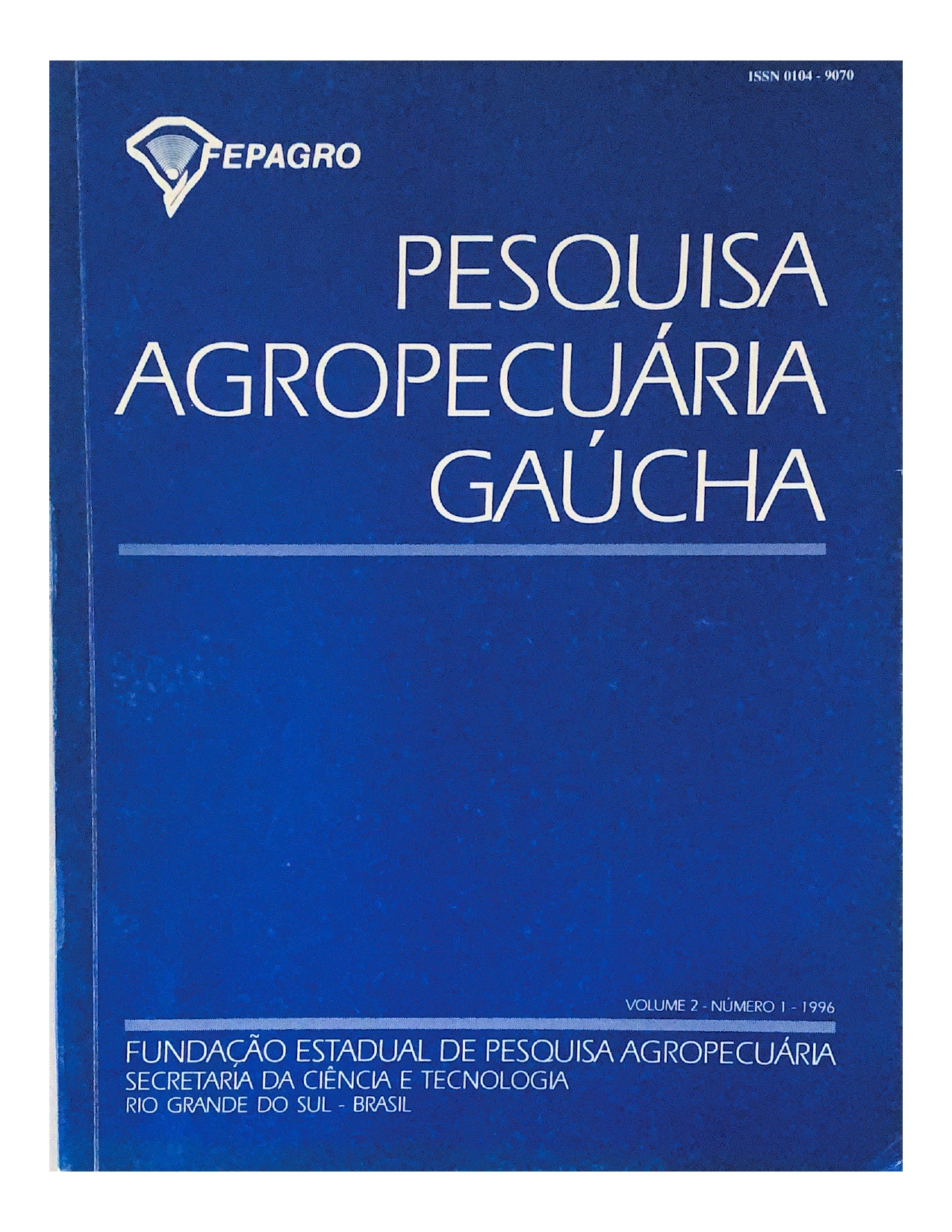HERBICIDES ON WEED CONTROL AND SELECTIVITY TO ALFALFA (Medicago saliva L.) DURING ESTABLISHMENT
Keywords:
Alfalfa, Weed, Herbicide, Amaranthus deflexus L., Richardia brasiliensis GomezAbstract
A field experiment was carried out on a plinthosol at the Agronomic Experimental Station, Federal University of Rio Grande do Sul, located in Eldorado do Sul (30 ° 05' 52" 5, 51' 39 08" W), from October 1993 to July 1994, to evaluate eleven herbicides on weed control and herbicide selectivity to alfalfa. The herbicides were tested when alfalfa was at the seedling establishment stage. Two control treatments were included: with and weed-free plots. A randomized complete block design with four replications was used. Treatment effects were evaluated in terms of alfalfa seedling number after germination, alfalfa early growth and herbicide injury, control of pigweed (Amaranthus deflexus L.) and Brazil pusley (Richardia brasiliensis Gomez). Alfalfa and weed dry matter yields after four harvests were also considered. EPTC (4000 gai/ha) preplant incorporated (PPI), trifluralin (2400 gailha) preemergence (PRE) and imazethapyr (100 galha) postemergence (POST) showed the best overall performance when selectivity, weed control and alfalfa DM yield are considered as a set of relevant agronomic parameters to the alfalfa crops. The herbicides linuron and exadiazon were very toxic to alfalfa.
Downloads
Downloads
Published
How to Cite
Issue
Section
License
The authors declare that the work has not been previously published, nor sent simultaneously for publication in another journal and that they agree with the submission, content and transfer of the publication rights of the article in question to the scientific journal Pesquisa Agropecuária Gaúcha - PAG. The authors assume full responsibility for the originality of the article, and may incur on them any charges arising from claims by third parties in relation to the authorship of the article. The full reproduction of the journal's articles in other free-to-use electronic media is permitted under the Creative Commons Attribution-NonCommercial-ShareAlike 4.0 International license.
















